Embracing an eco-friendly lifestyle starts with making mindful choices about the items we keep in our homes. By clearing out things that no longer serve us or harm the environment, we can create a space that aligns with sustainability goals. Small changes can make a big difference, and this process helps pave the way for a greener future.
Single-Use Plastic Bags
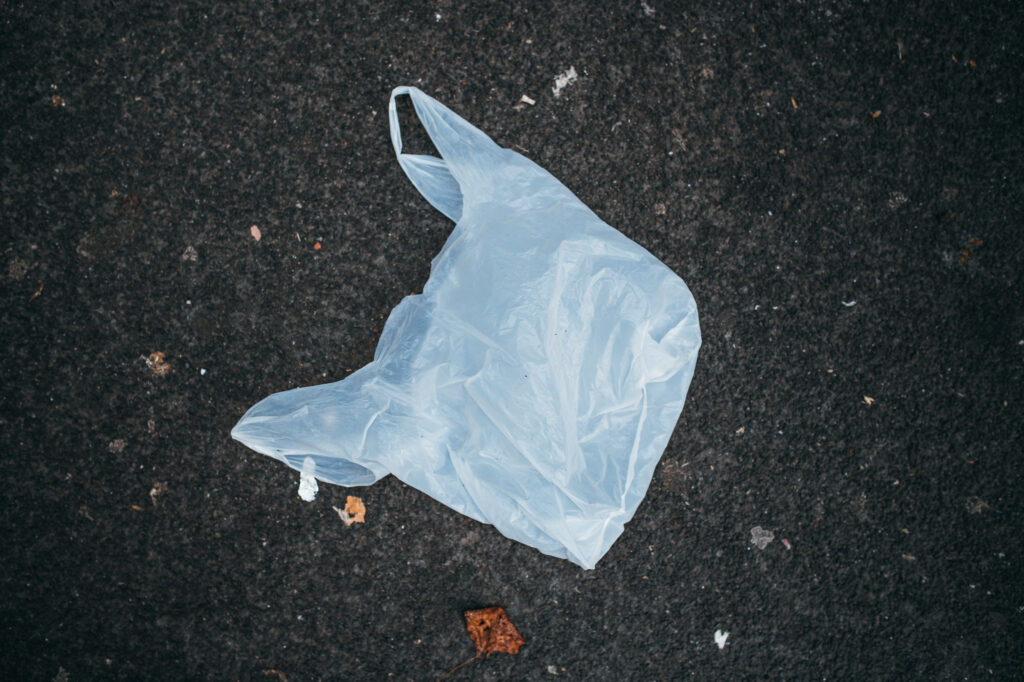
Plastic bags are one of the biggest contributors to environmental pollution. They take hundreds of years to decompose and often end up in oceans, harming marine life. Switching to reusable bags made from materials like cotton or jute not only reduces plastic waste but also promotes a more sustainable shopping habit. Many eco-conscious brands now offer stylish, durable alternatives that can last for years.
Plastic Water Bottles
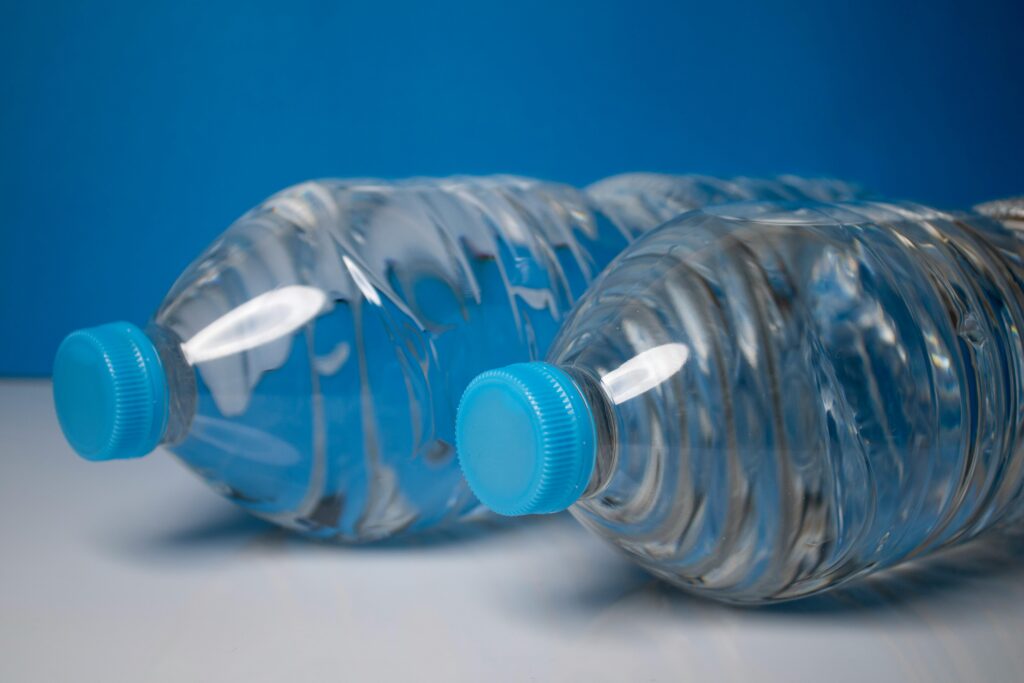
Disposable plastic water bottles are a significant source of waste. They contribute to landfills and ocean pollution, as only a fraction of them get recycled. Instead, invest in a reusable water bottle made from stainless steel or BPA-free plastic. These bottles are better for the environment and keep water cool for longer periods, reducing the need to buy single-use alternatives.
Paper Towels
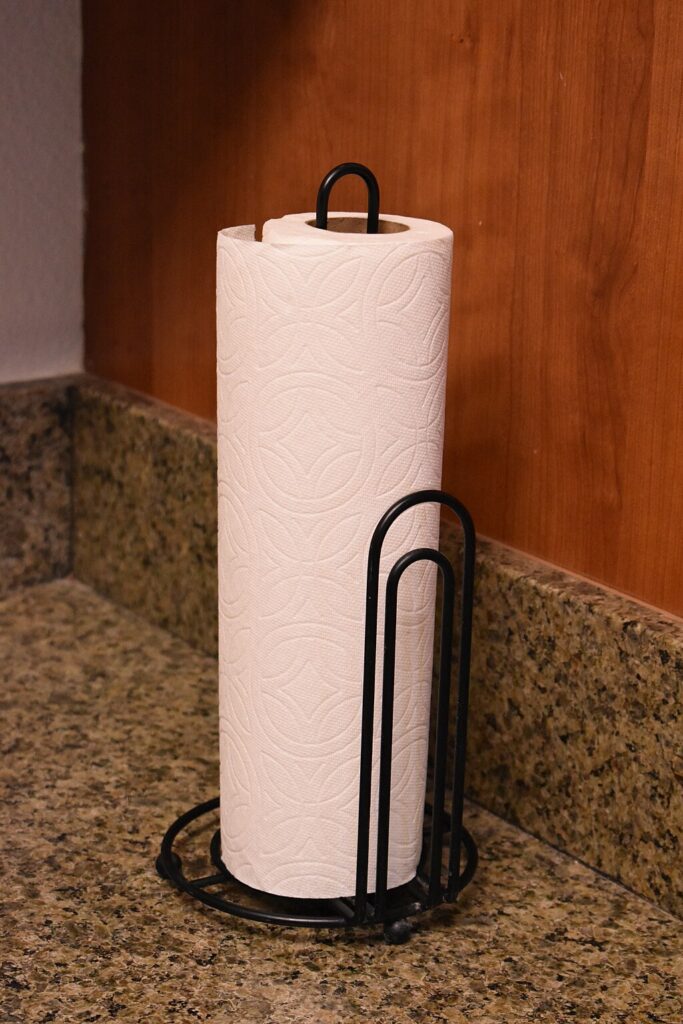
Though convenient, paper towels contribute to deforestation and excessive waste. They are often used once and discarded, adding to landfills. Switching to reusable cloth towels or microfiber cloths is a simple and effective way to reduce waste. These alternatives are machine washable and durable, lasting through multiple uses, making them an eco-friendly option.
Plastic Straws

Plastic straws are another culprit in environmental pollution, especially in oceans where they can be harmful to marine animals. Replacing them with stainless steel, bamboo, or silicone straws is an easy switch. These reusable straws are durable and easy to clean, providing a long-lasting alternative to the wasteful single-use plastics.
Fast Fashion Items

Fast fashion clothing often uses cheap materials and unsustainable manufacturing processes, leading to an excessive amount of waste. Many of these clothes wear out quickly and are discarded, contributing to landfill overflows. Consider clearing out synthetic fabrics and low-quality garments in favor of timeless, high-quality pieces made from organic cotton or sustainable materials.
Old Electronics

Unused or outdated electronics can contain harmful chemicals that are dangerous when they end up in landfills. These items often include metals like lead and cadmium, which can contaminate soil and water. Recycling old electronics properly or donating them can help reduce electronic waste and ensure that their components are reused or disposed of safely.
Disposable Razors
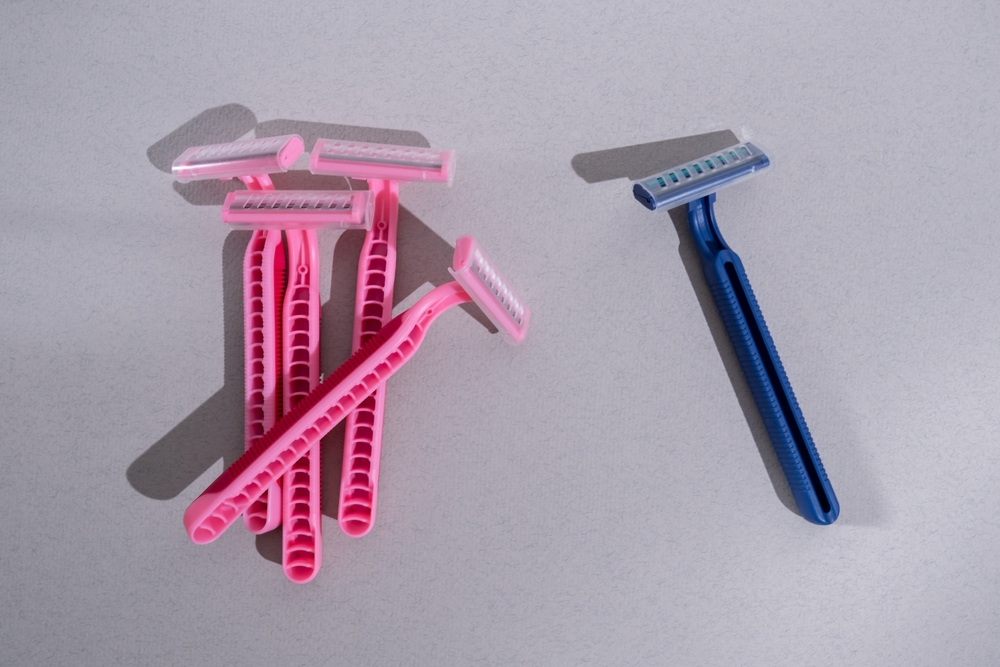
While convenient, disposable razors are made of plastic and contribute significantly to landfills since they cannot be recycled. Opt for safety razors made from stainless steel, which last longer and have replaceable blades. These razors not only offer a superior shave but also drastically cut down on plastic waste.
Plastic Cutlery
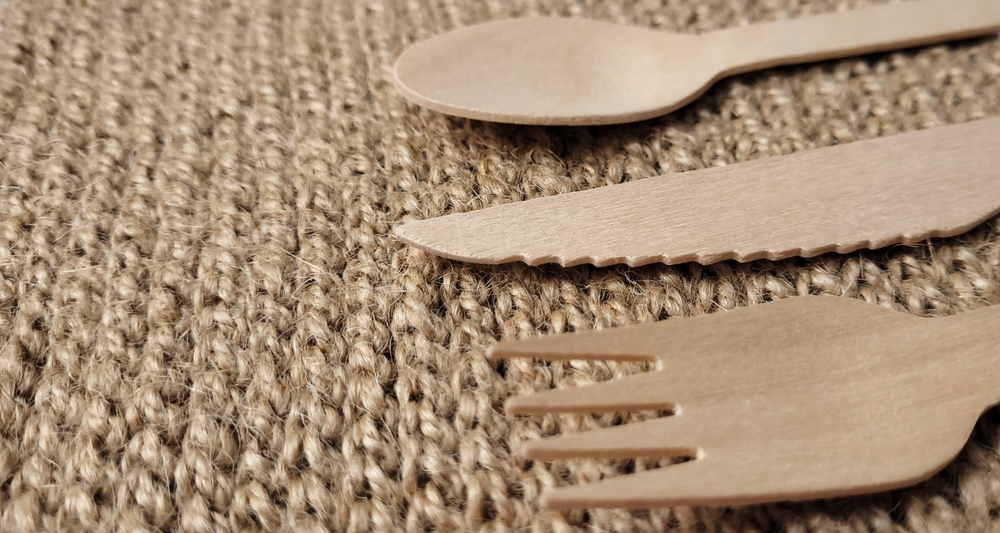
Single-use plastic cutlery is a major waste product in restaurants, picnics, and takeout meals. These items take centuries to break down and contribute to environmental pollution. Switching to reusable bamboo or metal cutlery, which can be carried in a travel case, is an eco-friendly alternative for meals on the go.
Non-Recyclable Food Packaging
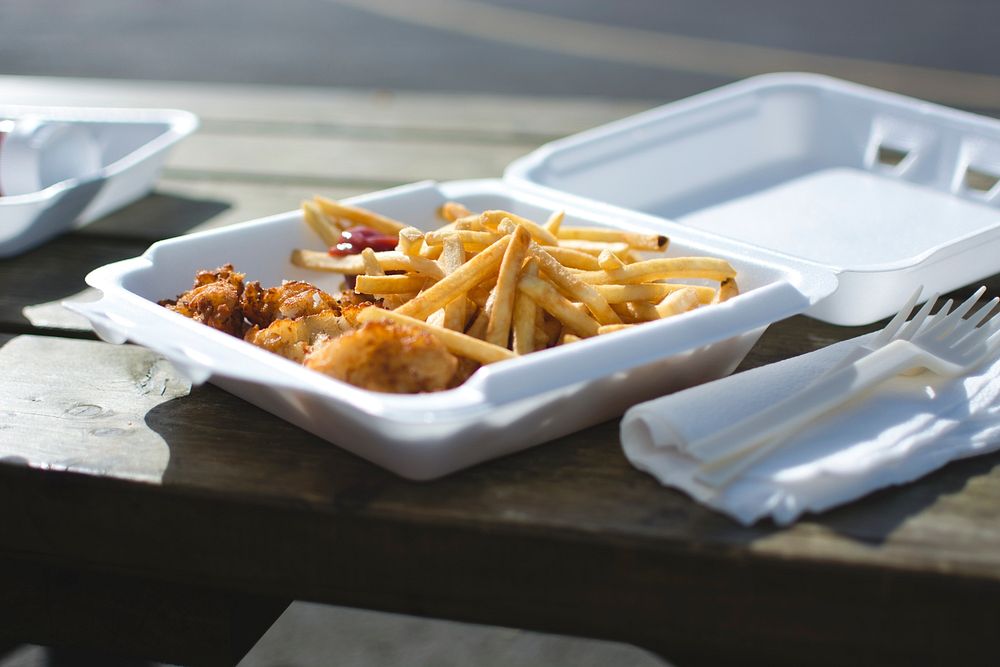
Many food items come in plastic packaging that isn’t recyclable, contributing to landfill waste. Look for products that use biodegradable or compostable packaging instead. Better yet, buy food in bulk and use your own containers. This practice significantly reduces unnecessary waste and encourages mindful consumption.
Toxic Cleaning Products
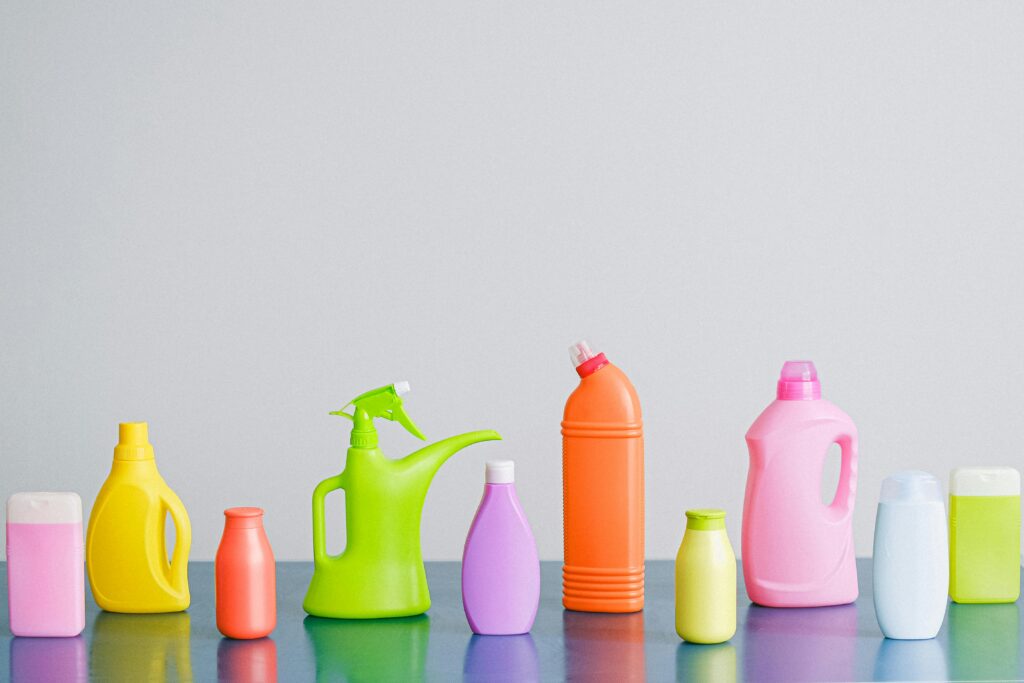
Conventional cleaning products often contain chemicals that can be harmful to both the environment and your health. These toxic ingredients can pollute water supplies and harm ecosystems. Consider switching to eco-friendly cleaning products made from natural ingredients like vinegar, baking soda, and essential oils, which are just as effective and safer for the environment.
Disposable Coffee Cups
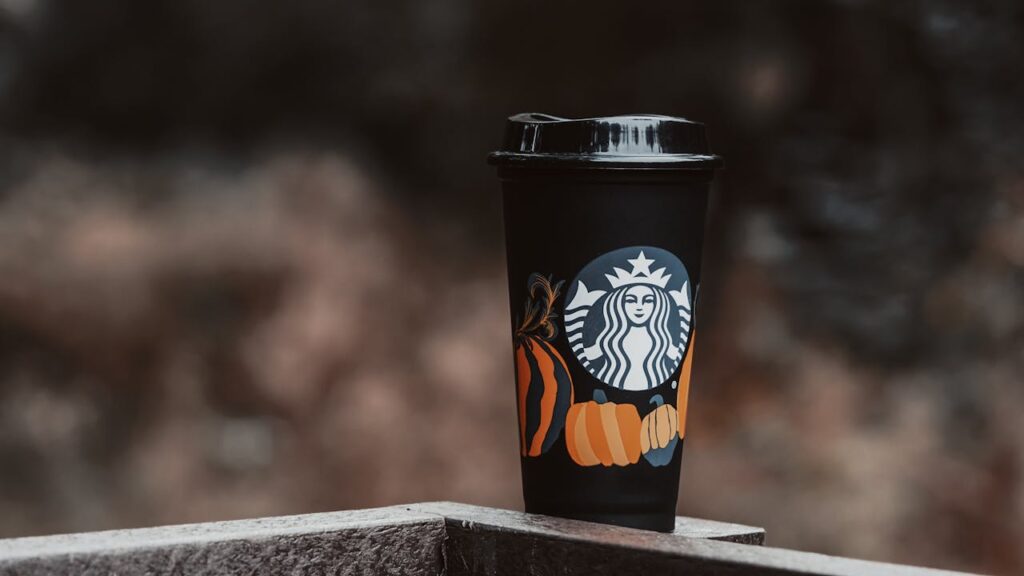
Disposable coffee cups are lined with plastic, making them difficult to recycle. Many cafes and coffee shops now encourage bringing your own reusable cup made from stainless steel or bamboo. These eco-friendly options are durable and often come with insulating properties that keep your coffee warm for longer periods.
Excess Packaging
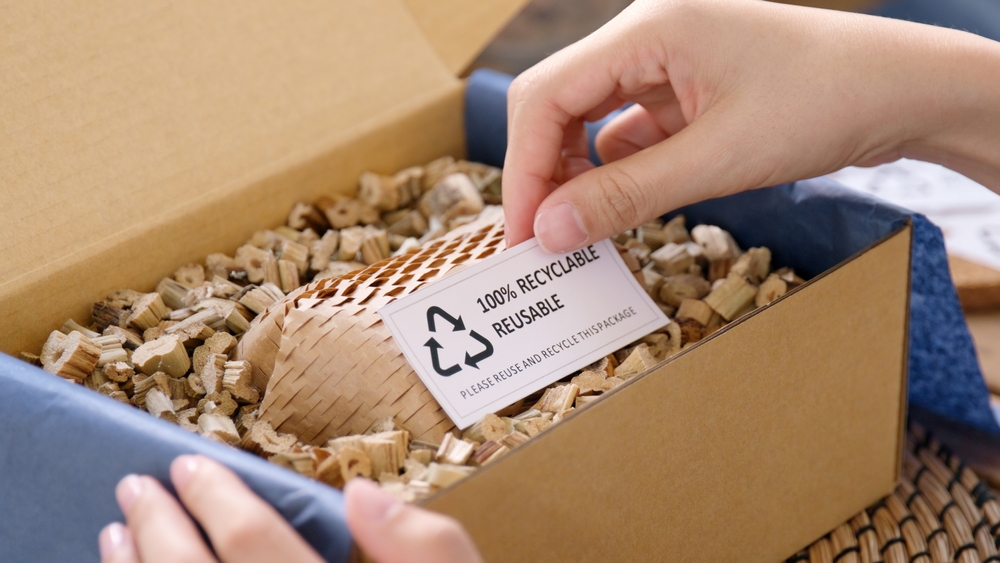
When it comes to buying products, excessive packaging is often unavoidable, but it contributes to a large amount of waste. Choose products with minimal or eco-friendly packaging, such as those made from recycled materials. Clearing out items with unnecessary packaging can also help you make more sustainable purchasing decisions in the future.
Non-Energy Efficient Appliances
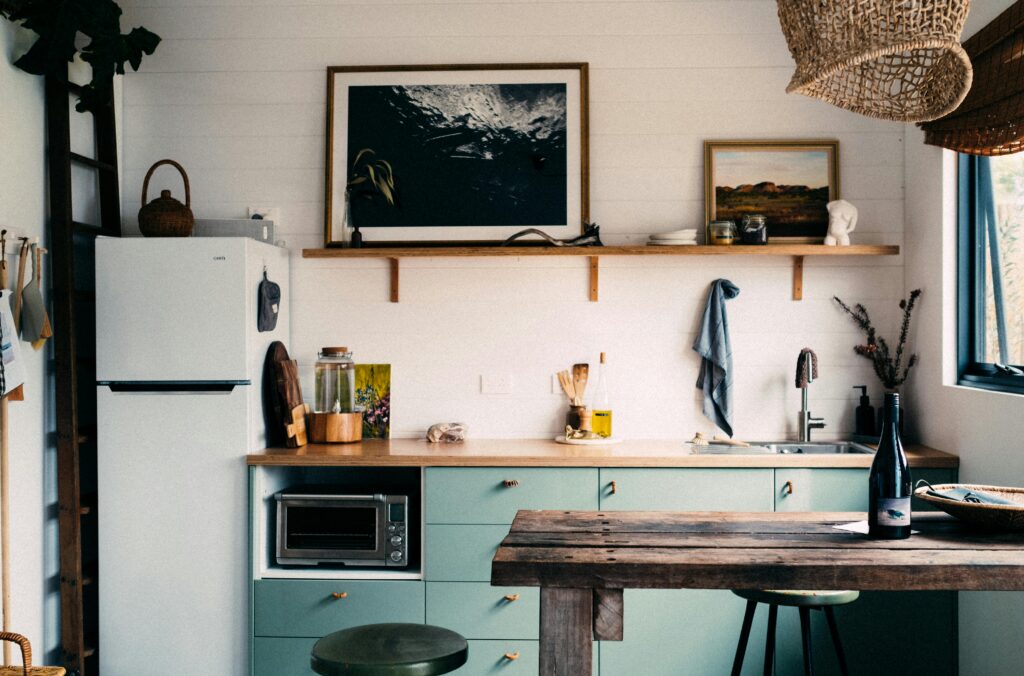
Old appliances tend to consume more energy than newer, energy-efficient models. Clearing out outdated appliances and replacing them with energy-efficient options can significantly lower your energy consumption. Look for appliances with an Energy Star certification, which indicates that they meet strict energy efficiency guidelines set by the EPA.
Plastic Food Storage Containers
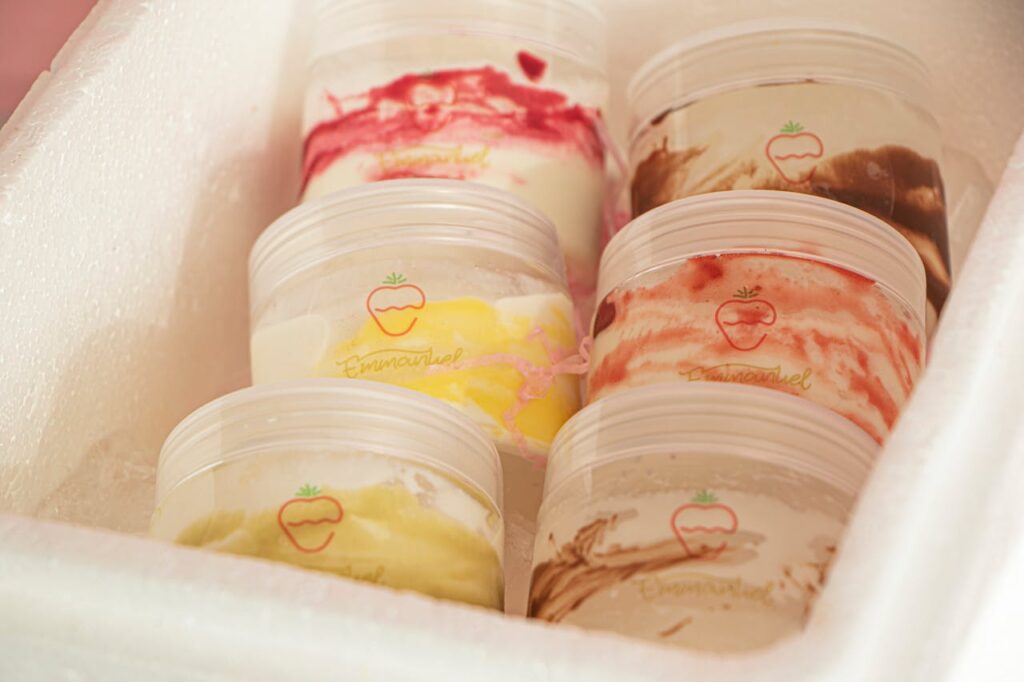
Plastic food containers often degrade over time, leaching harmful chemicals into food when heated. Replace them with glass or stainless steel containers, which are safer, longer-lasting, and easier to recycle. Glass containers, in particular, are microwave-safe, making them a practical and eco-friendly alternative.
Expired Medications
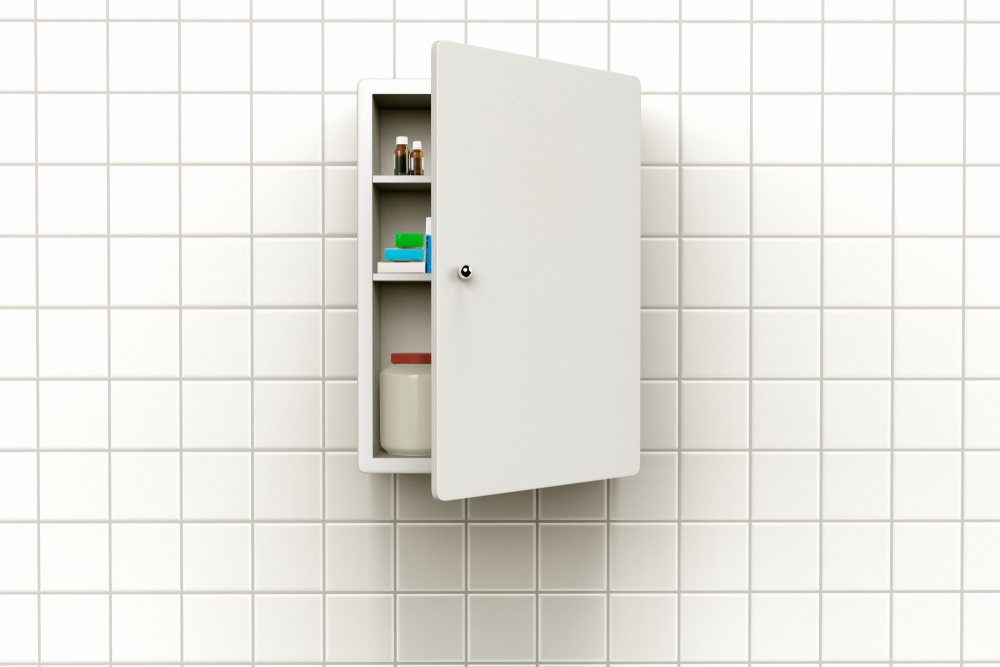
Expired medications can be harmful if not disposed of properly, contaminating water sources and soil when they end up in landfills. Many pharmacies offer medication take-back programs where you can safely dispose of unused or expired medications. Clearing these out not only frees up space but also ensures they don’t harm the environment.
Old Light Bulbs
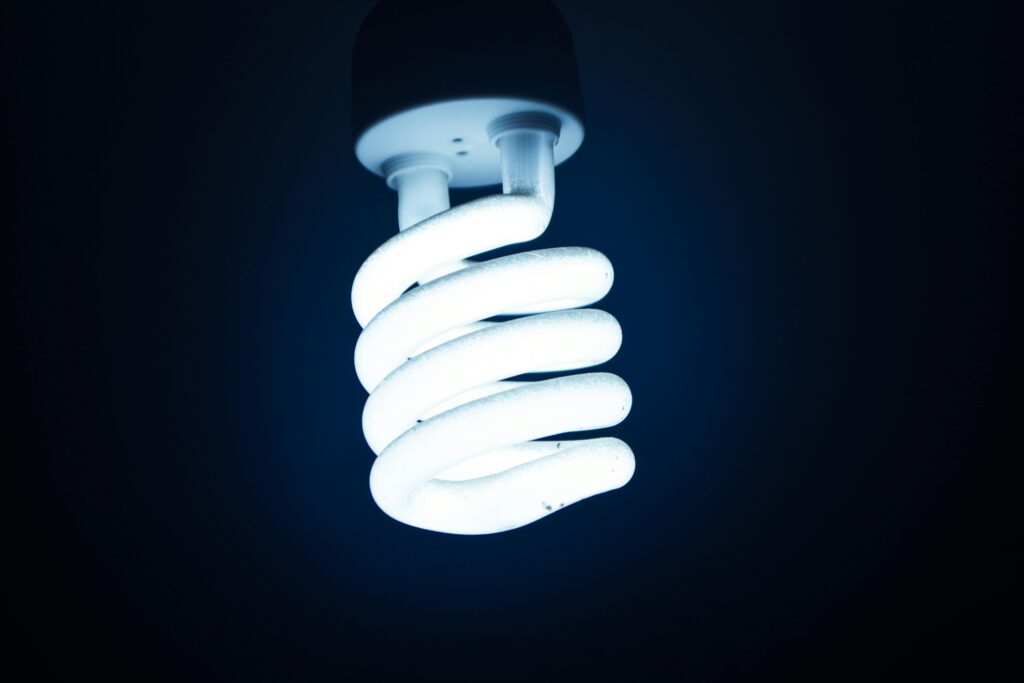
Traditional incandescent light bulbs are inefficient and use significantly more energy compared to newer technologies like LED or CFL bulbs. Replacing old bulbs with energy-efficient alternatives can reduce your energy consumption and lower your carbon footprint. LED bulbs, in particular, use up to 75% less energy and last significantly longer.
Non-Recyclable Batteries
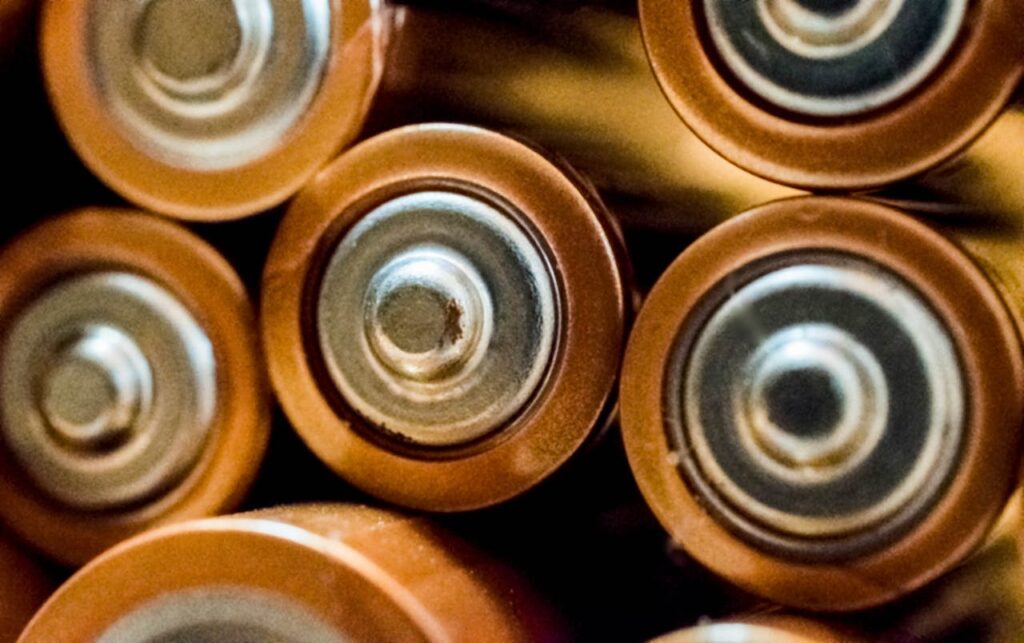
Single-use batteries contain harmful chemicals that can leak into the environment if not disposed of properly. Switching to rechargeable batteries is a more sustainable option, as they can be reused multiple times before needing to be replaced. Recycling centers often accept old batteries for safe disposal, so clear them out responsibly.
Unused Furniture
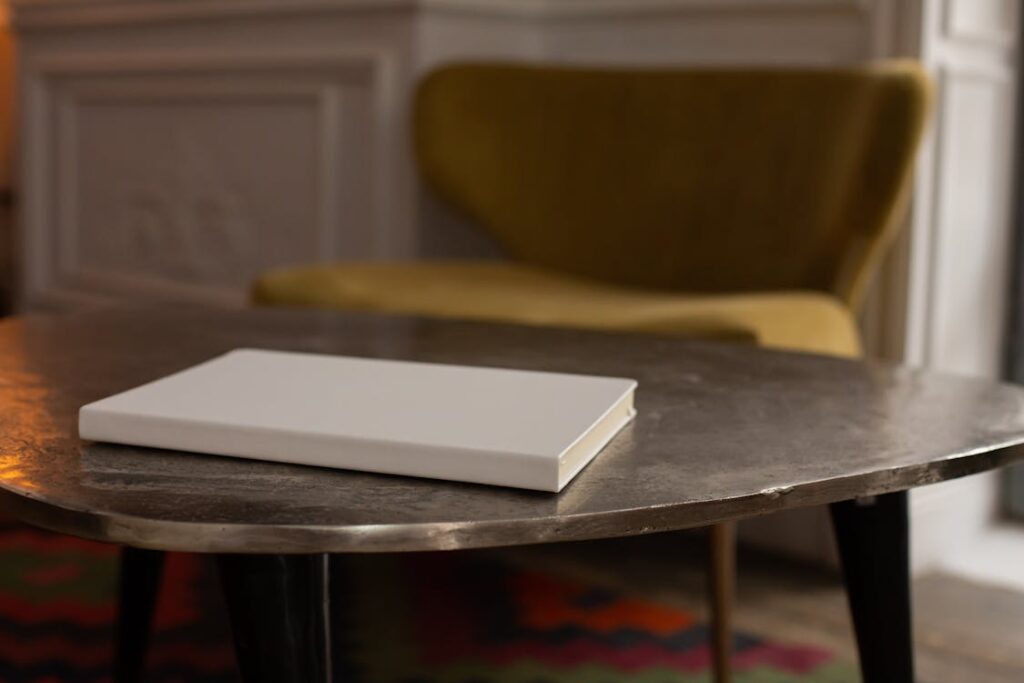
Old or unused furniture often ends up in landfills, contributing to waste. If you no longer need certain pieces, consider donating them to charity or repurposing them instead of throwing them out. Many eco-conscious brands also offer furniture made from sustainable materials, making it easier to furnish your home in an environmentally friendly way.
Plastic Wrap
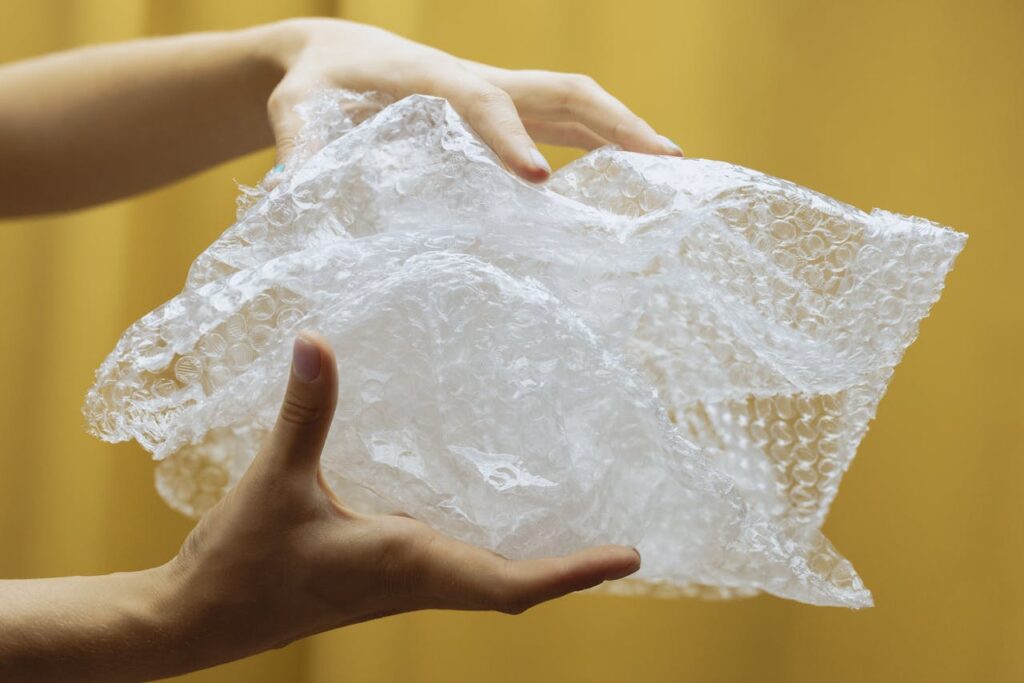
Plastic wrap is a single-use item that often ends up in landfills or the ocean. It’s non-recyclable and made from petroleum-based chemicals, making it harmful to the environment. Instead, switch to reusable alternatives like beeswax wraps or silicone food covers. These sustainable options are washable and last much longer than plastic wrap.
Old Mattresses

Mattresses are one of the hardest items to dispose of because they take up so much space in landfills and are difficult to recycle. Many companies now offer mattress recycling services, allowing you to responsibly dispose of your old bed. Consider donating or recycling your mattress to avoid contributing to landfill waste and make room for eco-friendly options like organic or sustainably sourced mattresses.
This article originally appeared on UnifyCosmos.
More from UnifyCosmos
Debunking 20 Myths About Renewable Energy
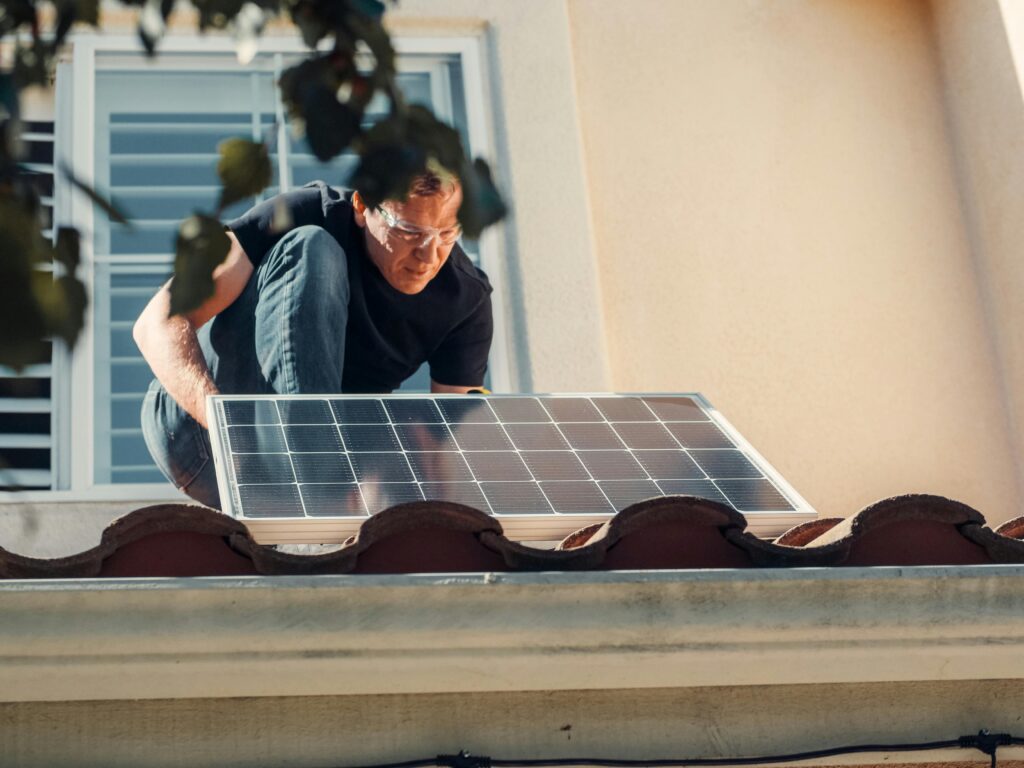
In this article, we’ll clear up some of the most common myths, shedding light on the facts so you can see the true potential of sustainable energy sources. Read more!
19 Simple Gardening Tips Every Beginner Should Know

For beginners, starting with a few simple tips can make all the difference. You’ll find that a little knowledge goes a long way in growing a beautiful garden. Let’s explore some easy gardening tips to get you started. Read more!
18 Ways to Keep the Romance Alive Between Dates

With a little creativity and effort, you can maintain that spark and deepen your connection. Here are some ways to keep the romance alive between dates. Read more!
Leave a Reply